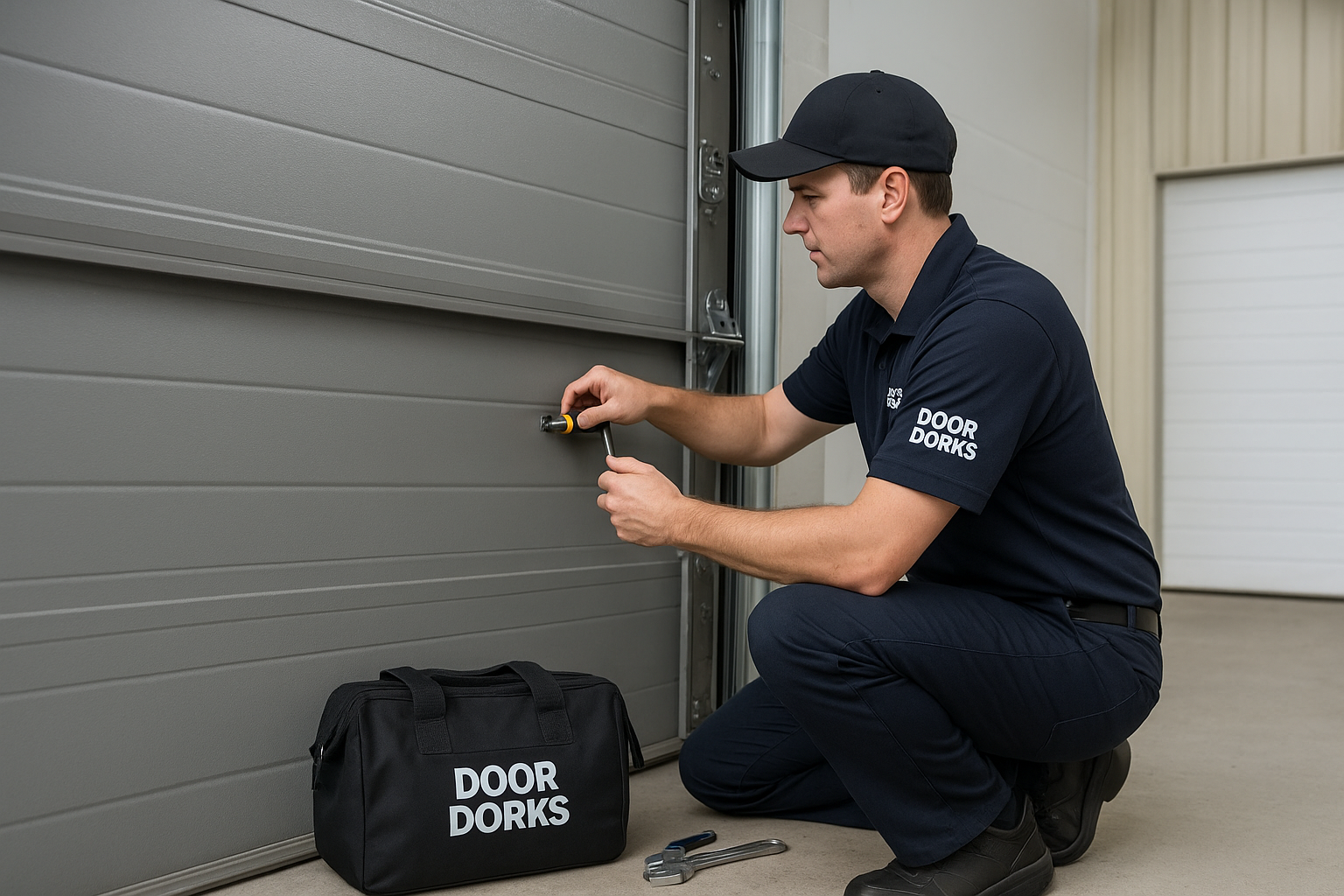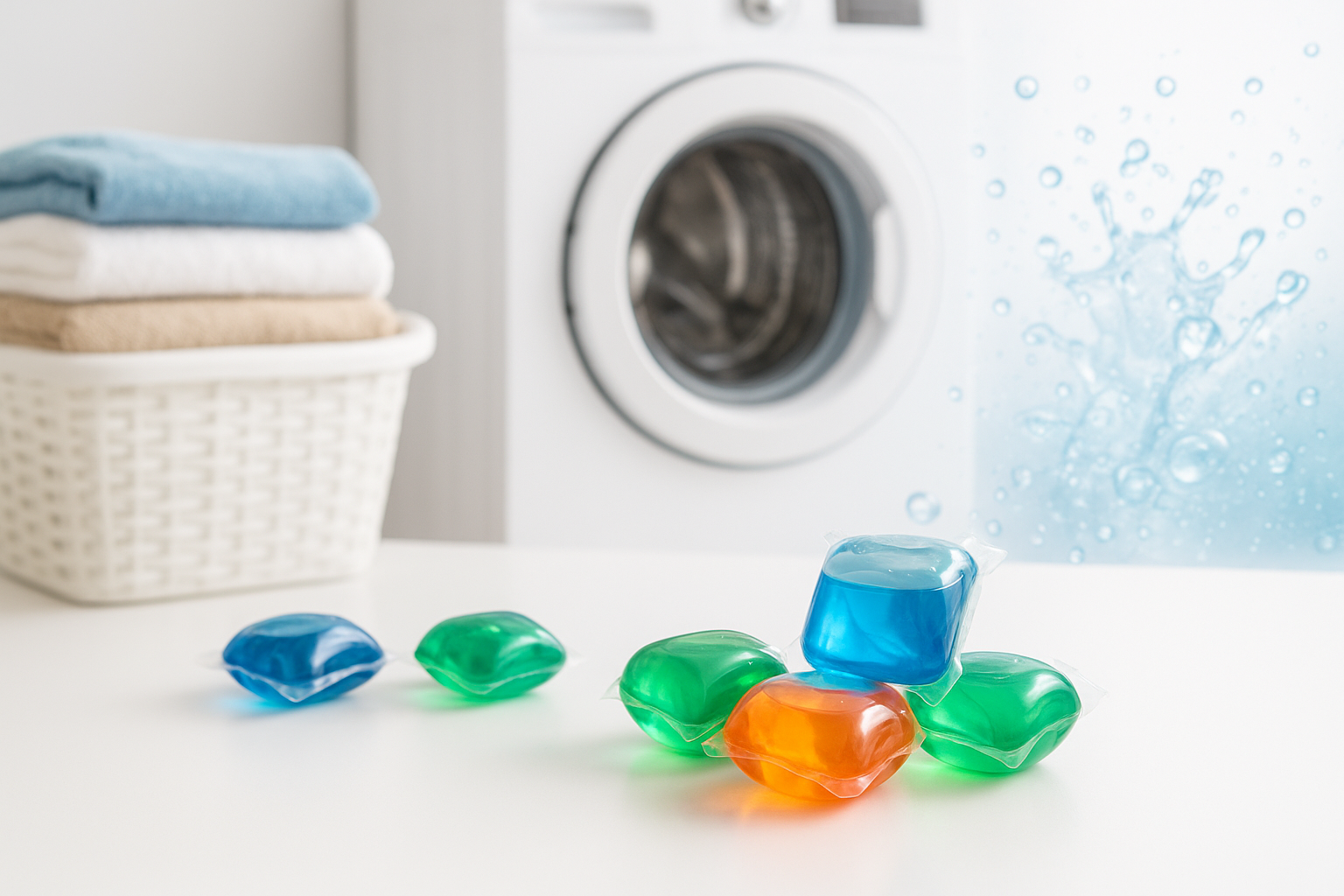Delivering consistent, high-performance HVAC installations depends not only on technology but also on the quality and range of the components involved. Among the most essential yet often overlooked parts are AC line sets—crucial conduits for refrigerant transfer between indoor and outdoor units. The variety in building designs, HVAC unit sizes, and installation preferences demands a wide selection of diameters and lengths in these line sets. Meeting such varied needs with precision and durability is no small task.
We will explore how one company provides a full range of AC line sets in various diameters and lengths, allowing HVAC contractors and system designers to achieve tailored performance and maximum efficiency for every project—whether residential or commercial. By offering customization and reliability through this range, the company supports HVAC systems that last longer, perform better, and require less adjustment during installation.
Versatile Line Set Offerings for System Compatibility and Project Flexibility
The importance of variety in AC line sets cannot be overstated, especially when dealing with installations that vary widely in scope and complexity. From multi-story commercial buildings with large-scale HVAC systems to compact residential setups, the refrigerant lines must accommodate distinct pressure and flow requirements. One-size-fits-all is not a feasible solution in these scenarios. What matters most is precision—having line sets available in diameters ranging from smaller sizes like 1/4” for low-capacity systems to larger sizes like 7/8” or more for high-capacity units. Each diameter must be manufactured with strict tolerances to support optimal refrigerant flow and pressure balance across different unit configurations. Matching the correct diameter ensures the system doesn’t strain or leak, which in turn enhances long-term efficiency.
Length is just as crucial. Depending on the distance between indoor evaporator coils and outdoor condenser units, line set lengths can vary significantly. A flexible range—from short 15-foot options for compact spaces to extended 50-foot or more lines for complex or distanced installations—reduces the need for extensions, soldering, or splicing. When installers have access to pre-insulated and pre-flared line sets in these various lengths, they save time and reduce potential failure points in the system. Moreover, contractors benefit from reduced labor hours, minimized waste, and reduced risk of error.
What stands out is not only the variety but the integration of convenience. The availability of line sets in precise combinations of diameter and length allows for quick on-site decision-making without sacrificing performance. With this level of availability, HVAC professionals no longer need to adjust designs or compromise system efficiency due to incompatible components. It’s not just about having a wide range—it’s about delivering consistent quality across every option, ensuring that every line set, whether short or long, narrow or wide, meets the same performance standards.
Built-In Efficiency: Why Quality and Customization Matter More Than Ever
Having a broad selection of diameters and lengths is only the beginning. For any HVAC system to operate reliably, line sets must be manufactured with consistent quality and include features that minimize the risk of error during installation. That means proper insulation to prevent energy loss, kinking resistance for tight bends, and durable materials that withstand varying environmental conditions. High-quality copper tubing paired with thick, uniform insulation offers better thermal performance and minimizes condensation, making it ideal for a range of environments.
One of the most important aspects of line set customization is the inclusion of both single and dual-tube configurations. Some systems require dual lines bundled together with insulation, while others need them separated due to structural constraints or airflow considerations. Providing these options enables professionals to meet building code standards more easily and adapt installations based on the surrounding architecture or spatial limitations. Equally important is the option for flare or plain ends. Some contractors prefer pre-flared connections to speed up installation, while others want plain ends for custom fittings. Offering both ensures that every installation can be optimized without compromising safety or efficiency.
The ability to deliver line sets with such flexibility also reduces storage and inventory issues. Contractors and distributors no longer need to overstock a limited range of components or cut and assemble lines on-site, which not only saves time but reduces waste. With pre-sized and pre-insulated options, material usage becomes more predictable and manageable. This is particularly helpful for large-scale commercial installations where consistency and accuracy across multiple units are vital.
Read also: Roof Replacement vs Repair: How Sydney Wide Roofing Co Helps You Decide
In an evolving HVAC landscape where energy codes are stricter and sustainability goals are more pressing, choosing components that meet project-specific requirements while enhancing performance is critical. By offering line sets that combine size variety with durability and ease of use, manufacturers support energy-efficient systems that also lower operational costs. It’s not merely about meeting demand—it’s about enabling better, more intelligent HVAC designs from the ground up.
In today’s HVAC market, diversity in system design demands equal diversity in the components used to build them. The ability to offer a full range of line set diameters and lengths—while ensuring consistent quality, durable insulation, and installation-ready features—makes a meaningful difference in performance, safety, and long-term efficiency. We’ve explored how such versatility supports not only system compatibility but also practical installation needs across a wide spectrum of projects. By anticipating the nuanced demands of modern HVAC work, companies that offer these tailored solutions are helping drive the industry forward. Their commitment to flexibility, precision, and reliability provides HVAC professionals with the confidence to deliver results that last, no matter the complexity of the job.


